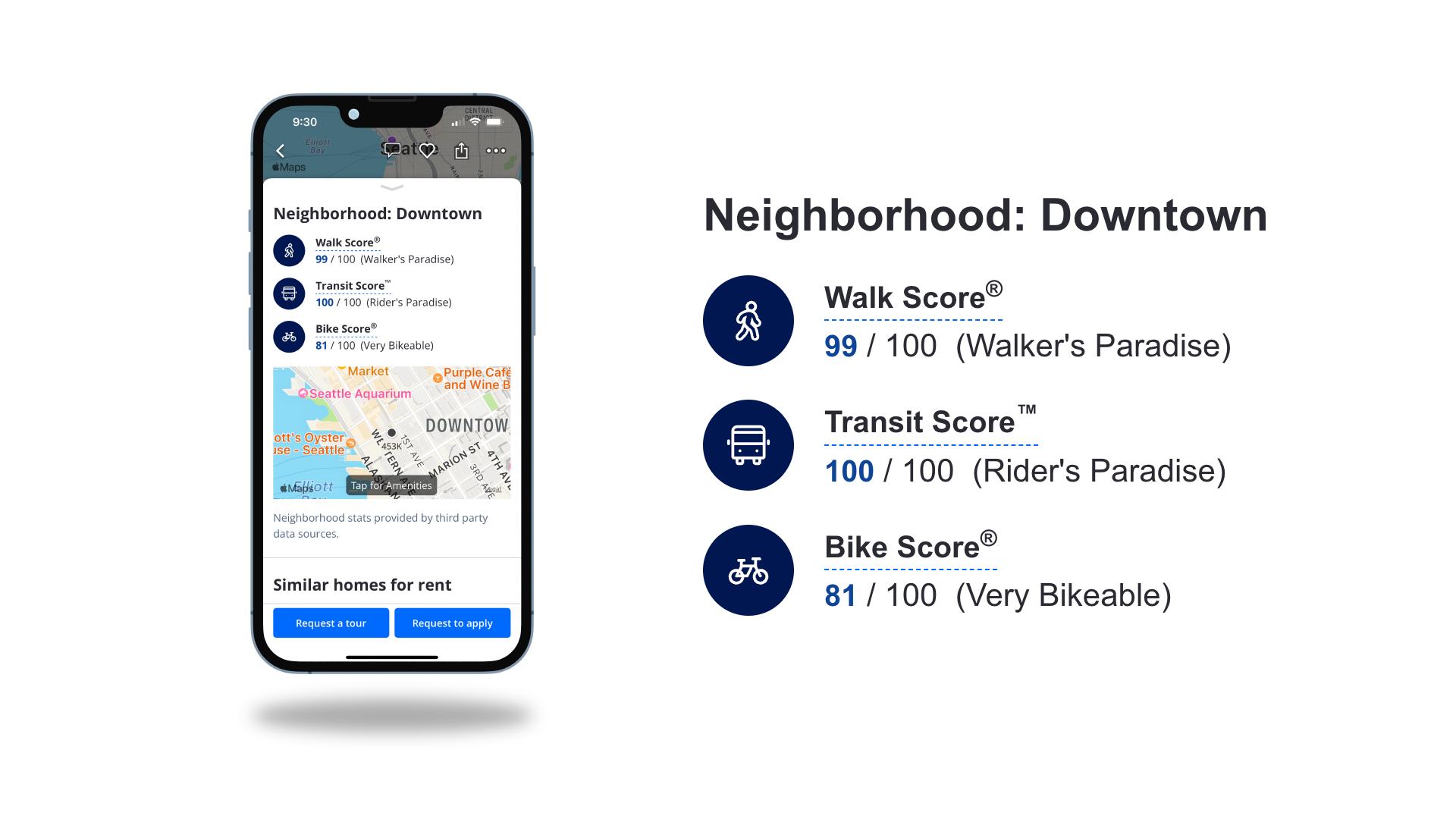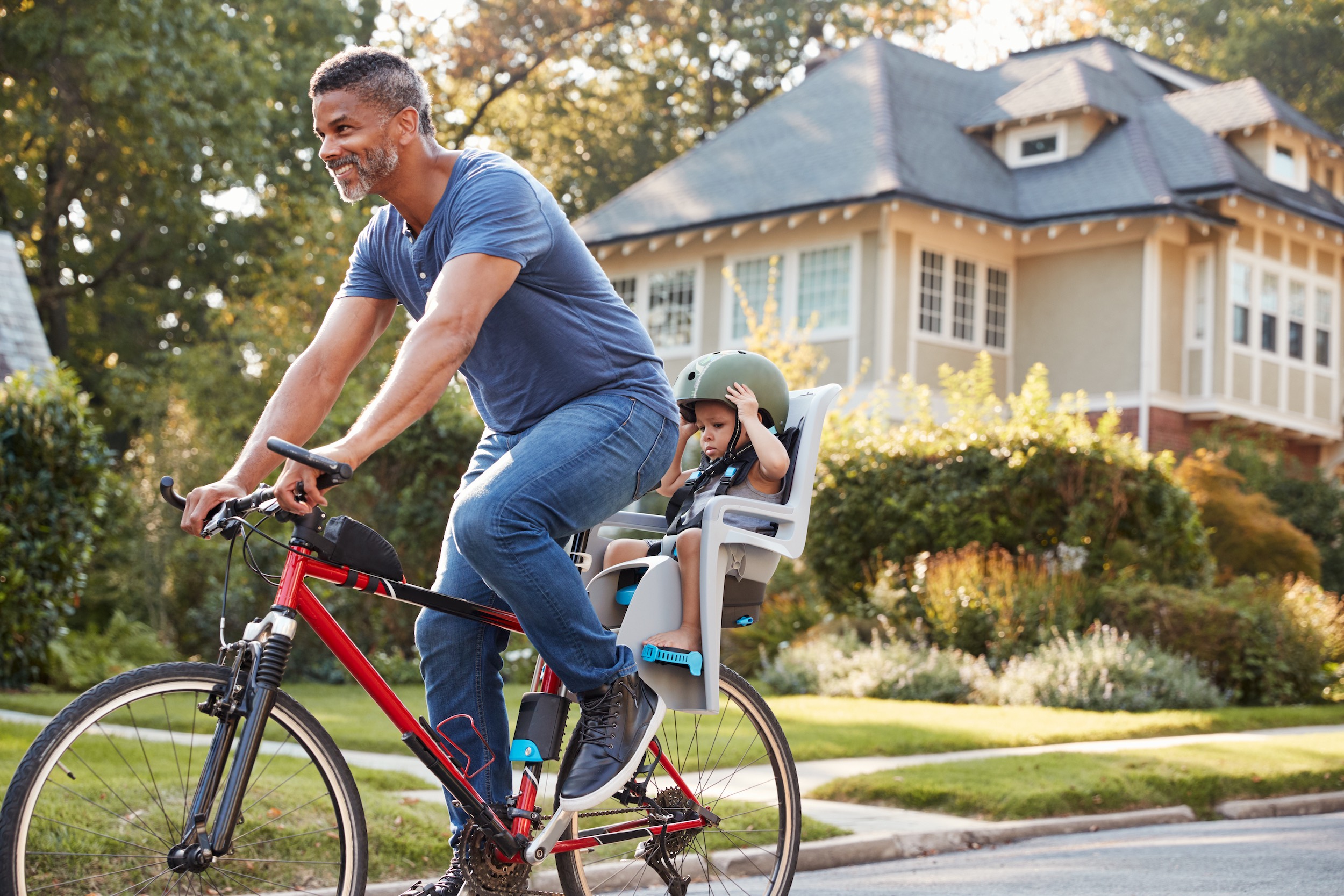Anticipating that the popularity of cycling will continue to explode, Zillow made a play to capitalize on the phenomenon.
The online real estate shopping platform recently added “Bike Scores” to its listings. Simply put, the Zillow Bike Score sources multiple platforms to estimate how bike-friendly your, or any, neighborhood is.
The bikeability estimate (“Bestimate?”) measures a home on a familiar 1-100 scale. The update aims to help cycling Zillow surfers gauge a home’s bikeability based on things like bike lane availability, elevation change, road connectivity, nearby amenities, and the percent of people in that area who bike to work.

Zillow said it measures its bikeability scores through an aggregate. It compiles each score by measuring bike infrastructure (lanes, trails, etc.), hills, destinations and road connectivity, and the number of bike commuters in a given property’s area. Data from the United States Geological Survey (USGS), Open Street Map, and the U.S. Census informs each scoring component.
“Biking exploded during the pandemic, not only becoming among the most popular forms of recreation and exercise, but also leading to about a quarter of people riding to essential businesses like groceries, restaurants and pharmacies,” Zillow reasoned via a statement. It added that its research showed Americans intend to keep cycling now that the heaviest COVID restrictions are (for now) in the past.
Thus, Zillow Bike Scores.
Curious to see how it worked, I looked up my place in south central Austin, Texas. My area got a 66, which would have scraped by in bike route high school, but which Zillow considers “bikeable.”
That seems relatively fair. I’m at the top of a pretty big hill going either north or south. Grocery stores are a few miles away either direction. One main vein has solid bike lanes, but one is narrow, fast, and often leads to me screaming at cars.
Bikeable? You bet. I do it just about every day.
